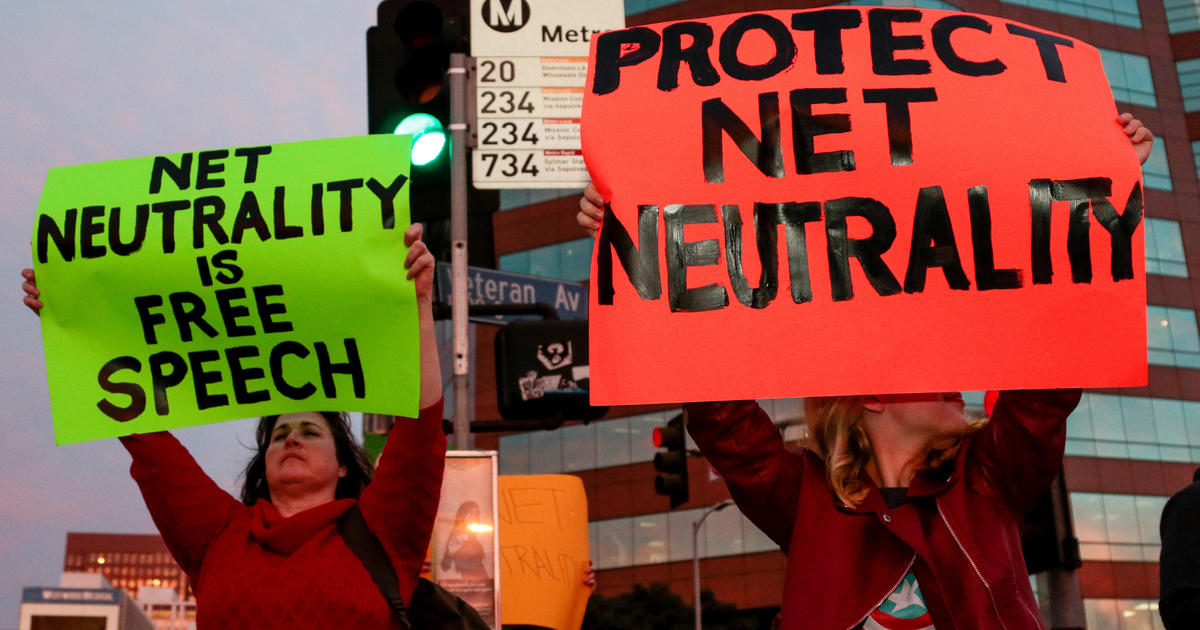Solar activity is ramping up faster than scientists predicted. Does it mean an "internet apocalypse" is near?
Fears are brewing that an apocalypse is coming. But instead of burning buildings and utter chaos, there's a monthslong global internet blackout. The concern comes amid recent solar storm data that has emerged, but is the current activity on the sun really enough to cause what's been dubbed the "internet apocalypse?"
Videos have been making the rounds on social media claiming that this apocalypse is on its way. One video, which has amassed more than 4 million views on TikTok, claims that a solar storm could cause such an event to happen within the decade.
Despite the trending claims, such an event is thought to only occur once every half-millennium. Here's what's actually happening with the sun, and how it can impact communications on Earth.
What is an "internet apocalypse"?
While many have attributed the "internet apocalypse" phrasing to NASA directly, it appears as though it has actually stemmed from a 2021 paper about solar storm impacts presented by a University of California researcher. In the paper, the researcher looked at "solar superstorm that can potentially cause large-scale internet outages covering the entire globe and lasting several months."
Such solar storms are "one of the greatest dangers facing the internet," the paper says. That's because of coronal mass ejections, the paper says, which can create magnetically induced currents that at significant strengths could potentially "enter and damage long-distance cables that constitute the backbone of the internet."
Citing past research from scientists, the paper determined that the probability of an extreme space weather event having a direct impact on Earth is between 1.6% to 12% every decade. But because recent solar cycles have placed the sun in a state of "low activity," it's believed that activity could be increasing.
What's currently happening on the sun?
The sun has been in Solar Cycle 25 since December 2019, meaning its 25th 11-year cycle since record keeping began in 1755. At the beginning of the current cycle, the National Weather Service predicted that peak sunspot activity would happen in 2025, with the overall activity of the cycle being "fairly weak."
But earlier this month, researchers determined that the cycle has "ramped up much faster" than what was originally predicted, with "more sunspots and eruptions than experts had forecast."
"Tracking and predicting the Sun's solar cycles gives a rough idea of the frequency of space weather storms of all types – from radio blackouts to geomagnetic storms and solar radiation storms – and it's used by many industries to gauge the potential impact of space weather on Earth," NOAA explains.
But even though they've found increased activity on the sun, researchers say the current cycle is expected to be "average compared to solar cycles in the past century."
That doesn't mean Solar Cycle 25 hasn't had its fair share of intrigue-inducing events.
In April, a severe geomagnetic storm emerged, the third geomagnetic storm of that magnitude since the solar cycle began. At G4 (severe) storms, there is a possibility for widespread voltage control problems, as well as surface charging and tracking problems on spacecraft. Satellite navigation and low-frequency radio navigation can also be disturbed.
Can solar activity really cause a global internet blackout?
With extreme geomagnetic storms – a 5 on the storm scale – "some grid systems may experience complete collapse or blackouts," NOAA says, and satellite navigation could be down for days while low-frequency radio navigation could be out for hours. These are only expected to occur four times every solar cycle, on average.
The biggest solar storm ever observed was the Carrington Event in 1859. During that event, what was described as a "white light flare" flashed from the sun. According to space.com, it turned out to be a coronal mass ejection that hit the Earth in less than 18 hours – a happening that usually takes days. A day later, "telegraph systems worldwide went haywire," NASA Science says, literally shocking operators and even setting telegraph paper on fire.
"Even when telegraphers disconnected the batteries powering the lines, aurora-induced electric currents in the wires still allowed messages to be transmitted," NASA Science says.
If an event like that were to happen today, NOAA SciJinks says that an event like this could "severely damage satellites, disable communications by telephone, radio, and TV, and cause electrical blackouts over whole continents."
"It could take weeks or longer to fix the damage," the government site says.
But solar storms of the magnitude that took place 164 years ago are only anticipated once every 500 years, they add.
What are officials doing to prevent it?
In 2018, NASA launched its Parker Solar Probe to the sun. The probe has been traveling through the sun's atmosphere ever since, collecting data about solar winds, particles and other areas that could better improve humanity's understanding of the sun. The more that's understood, the better able to predict space weather experts will be.




